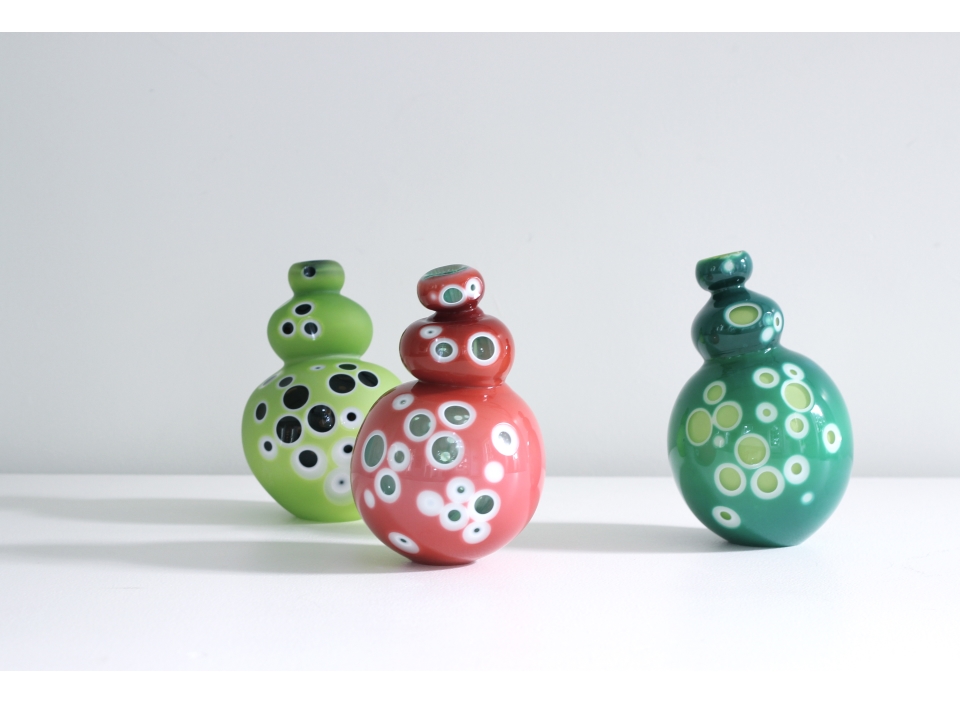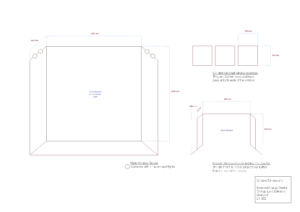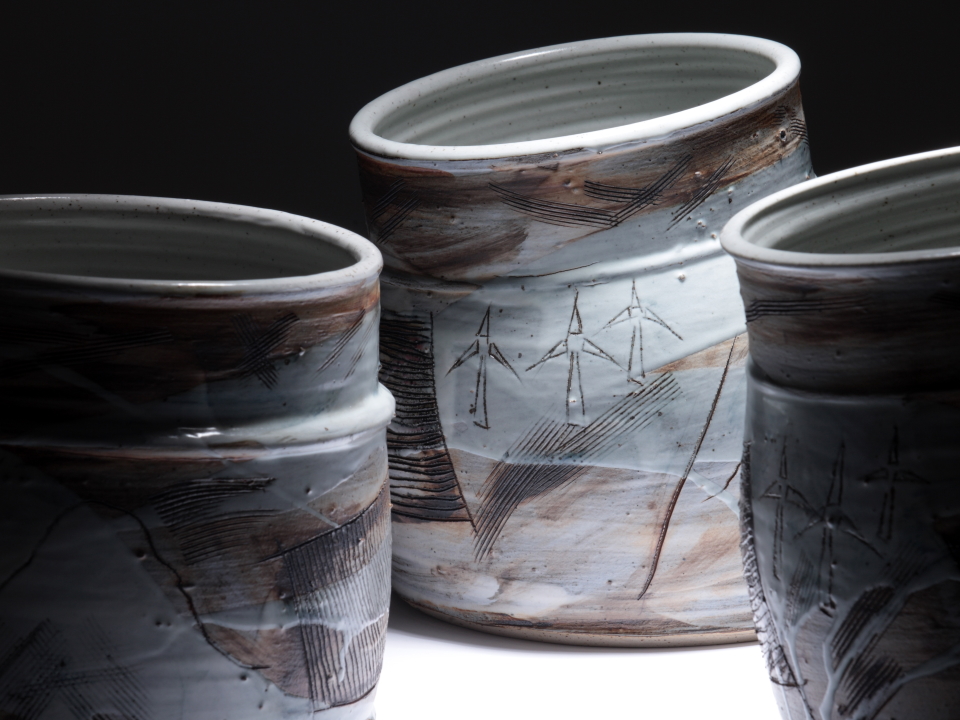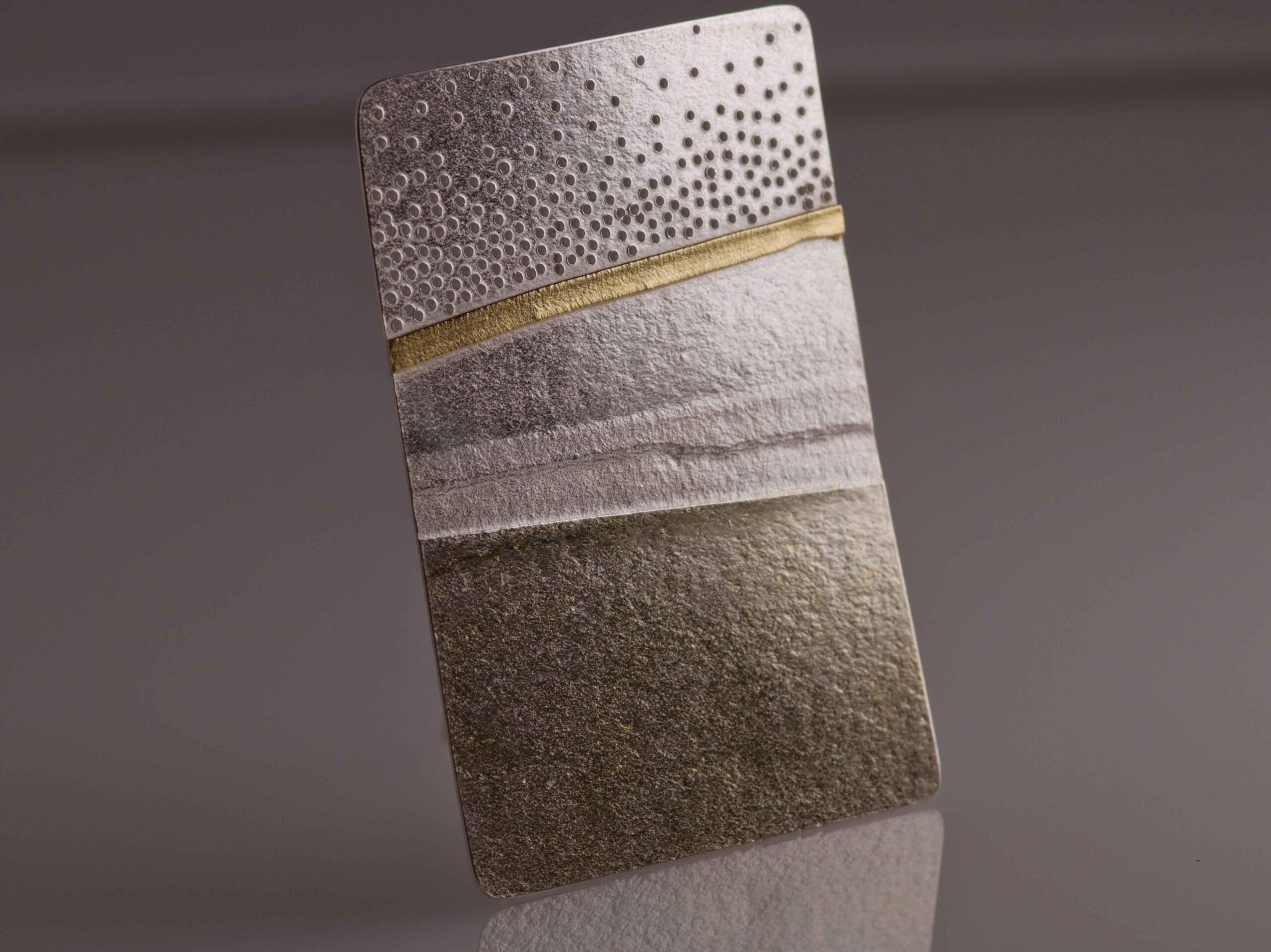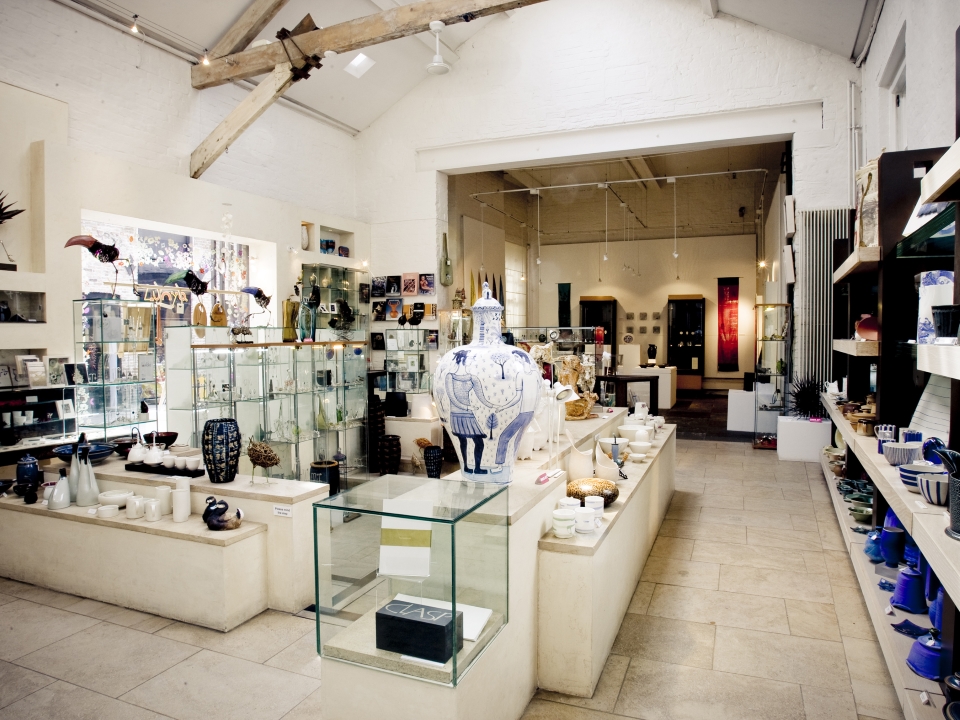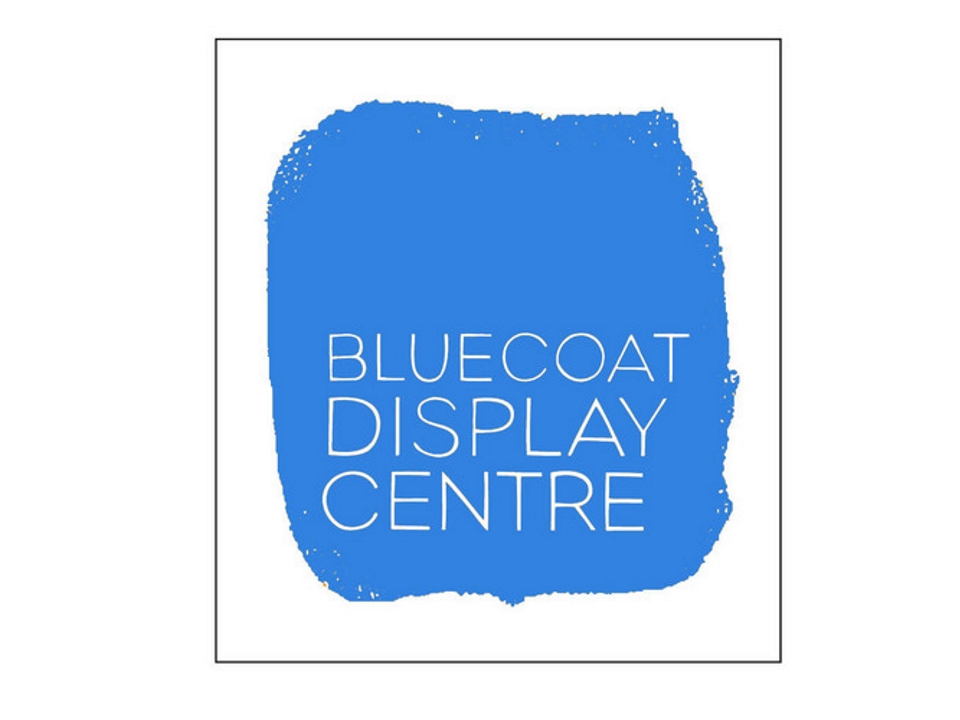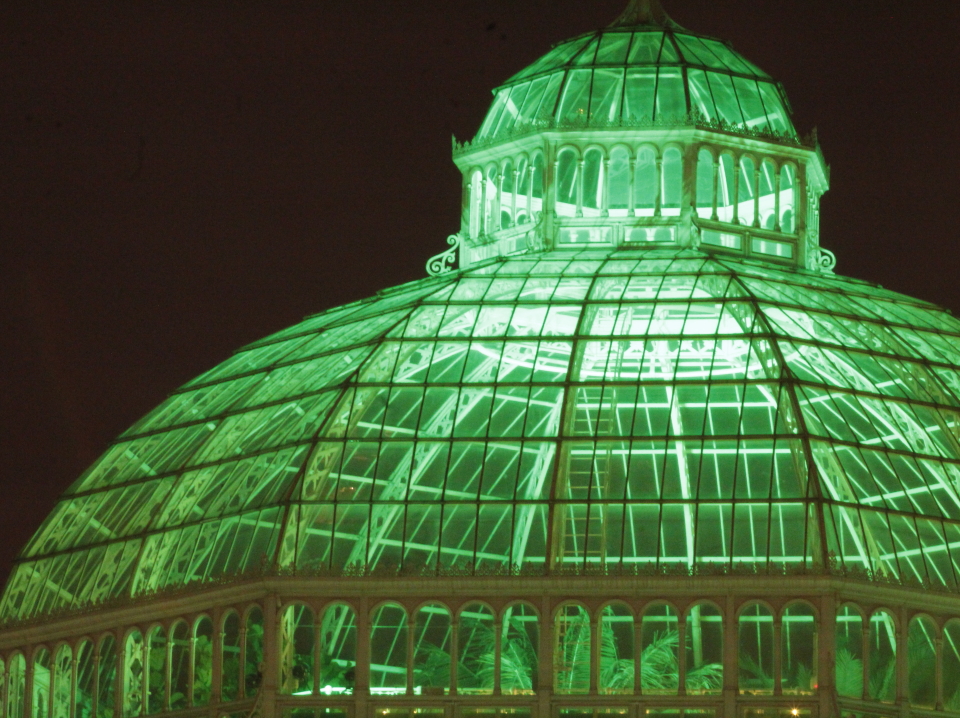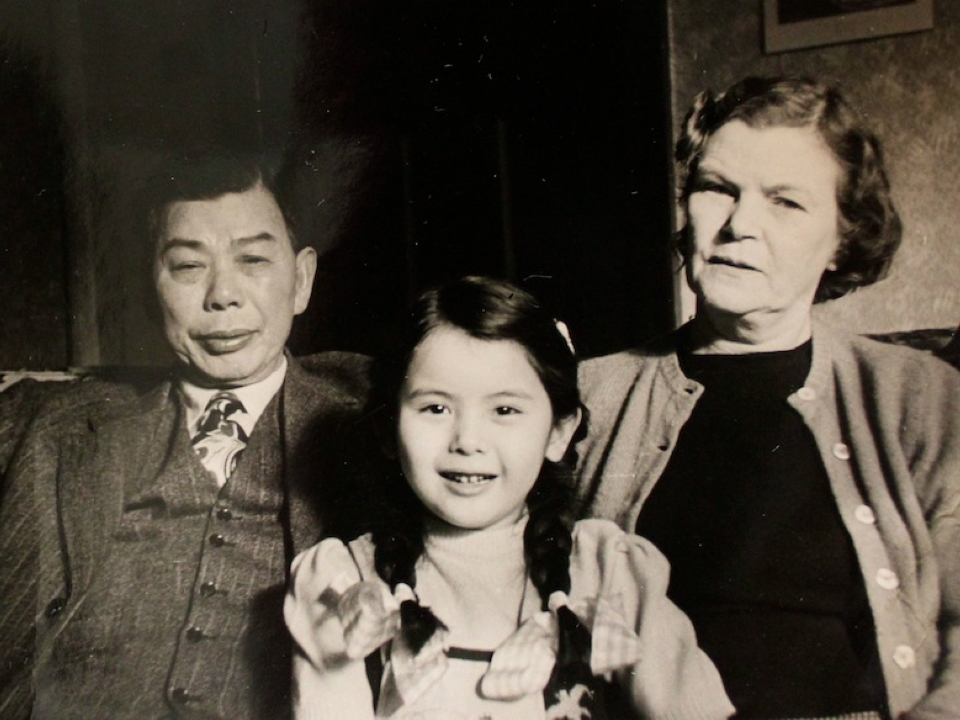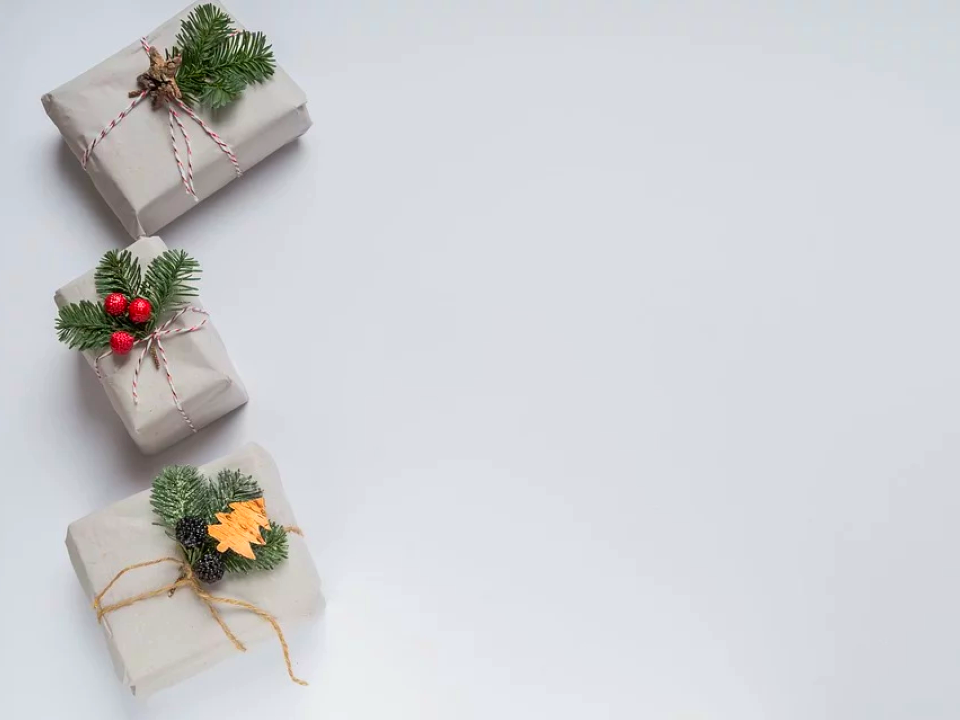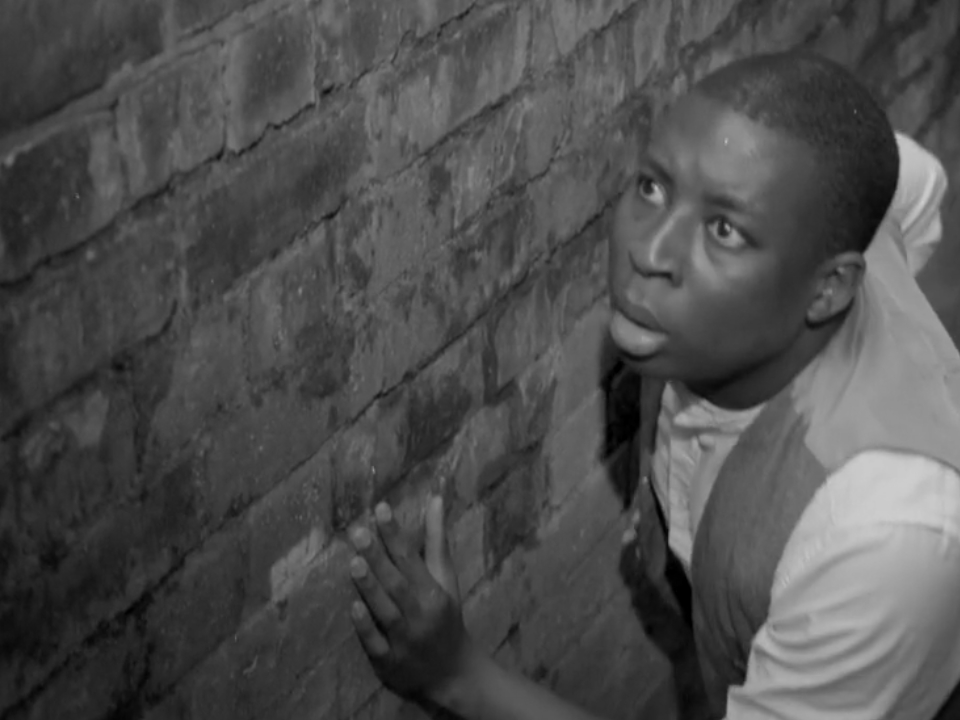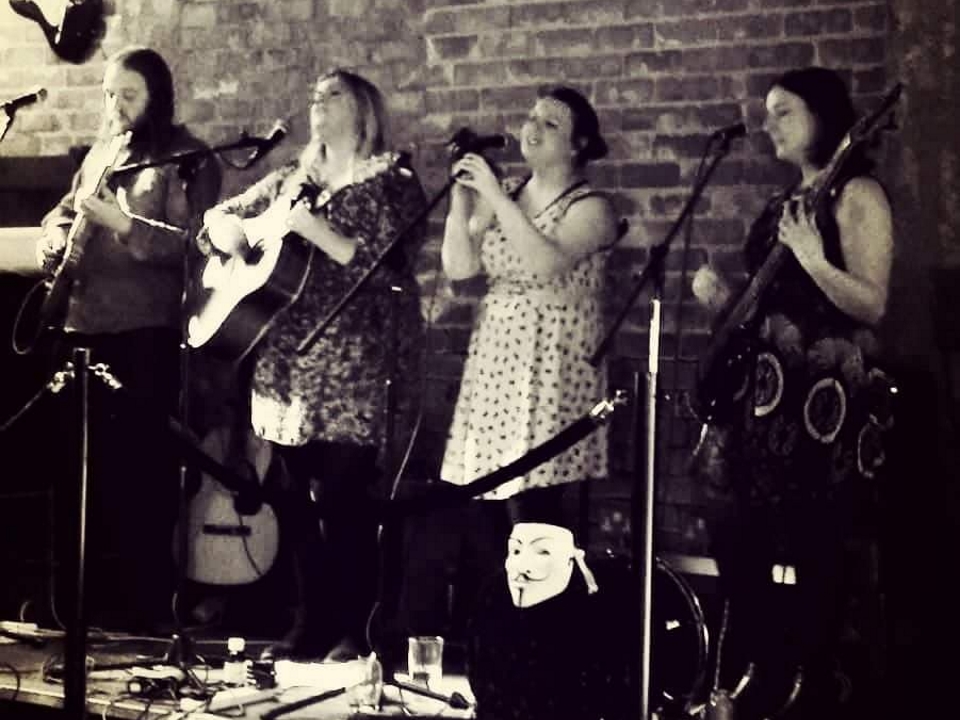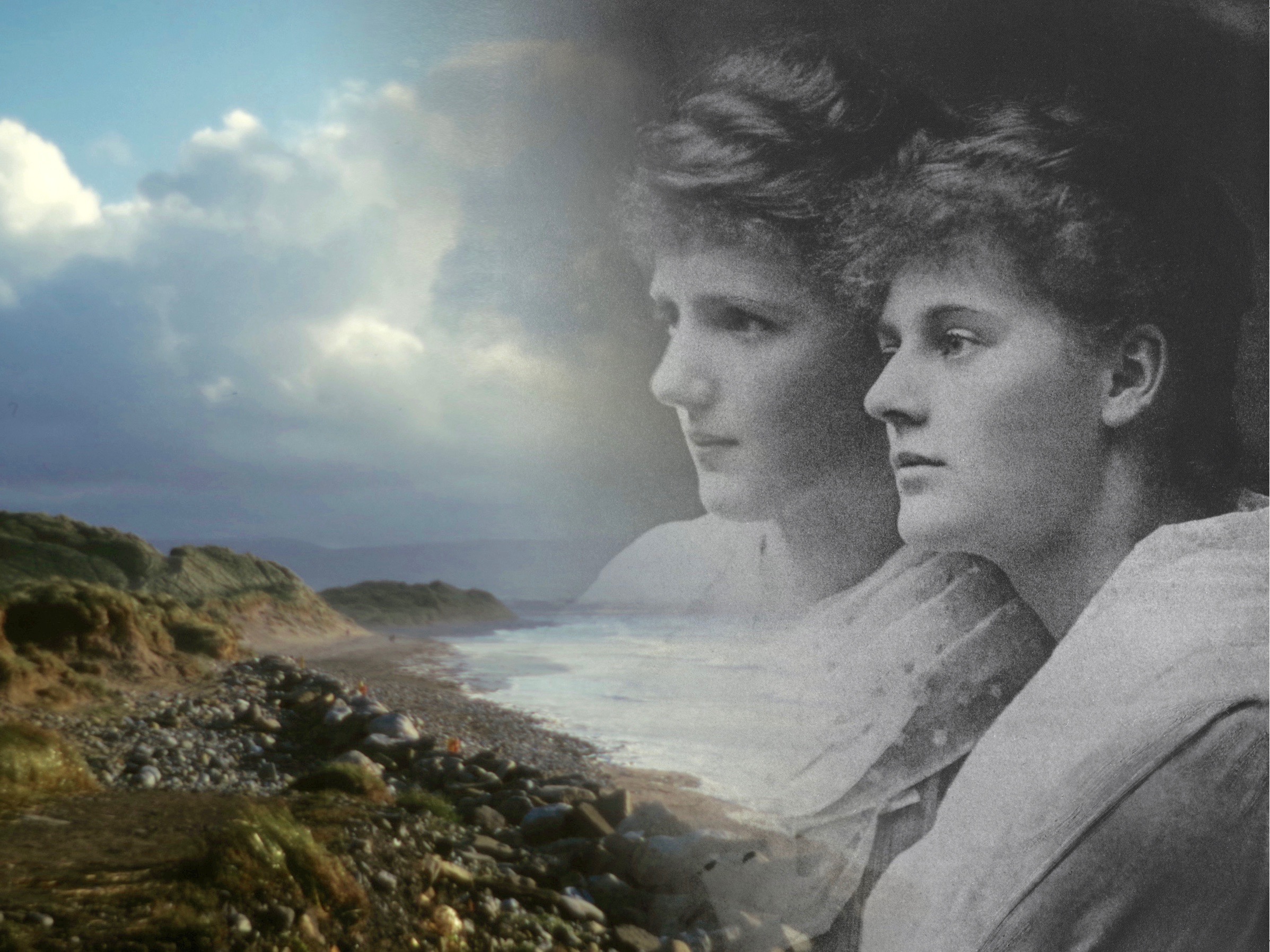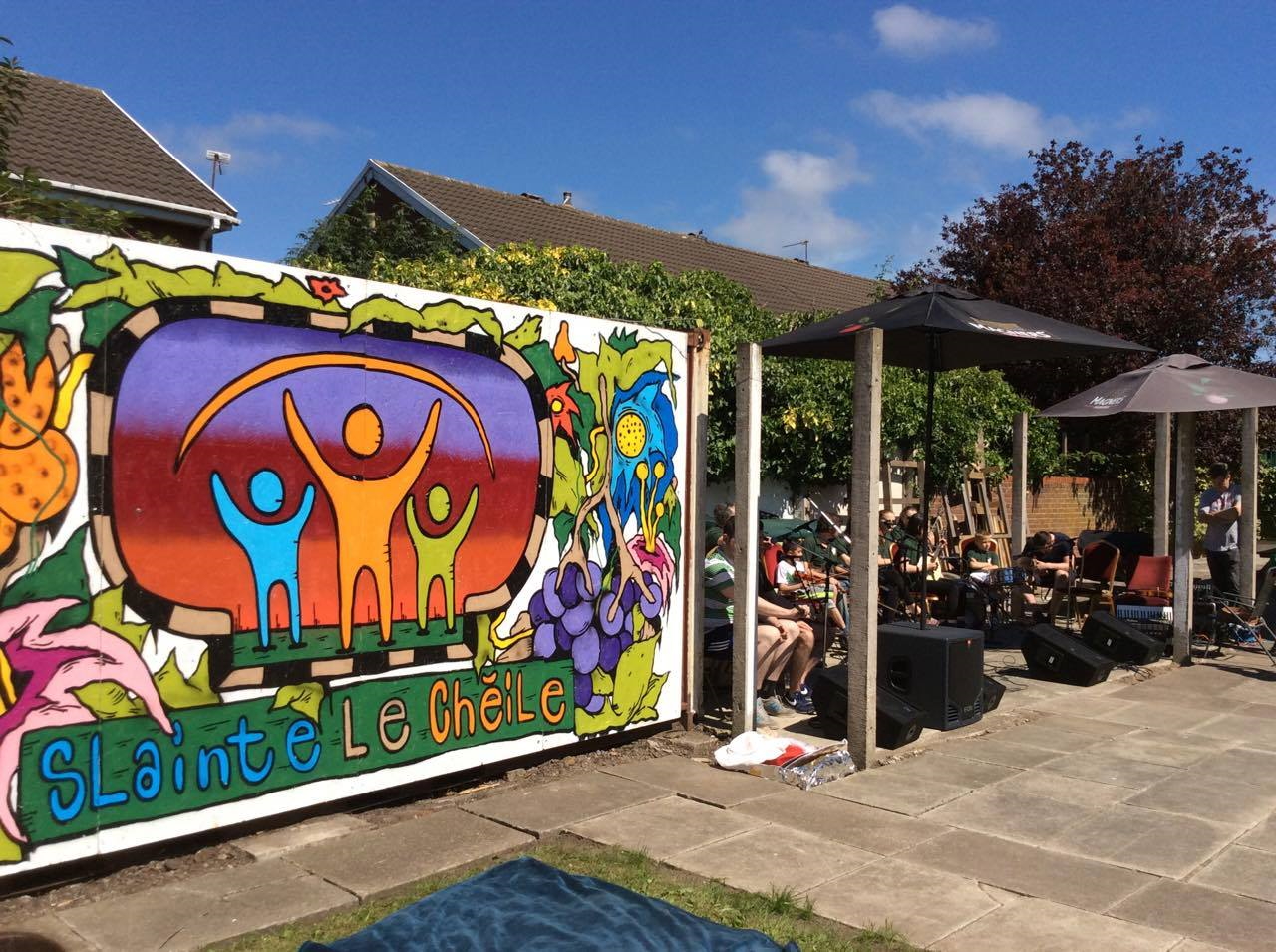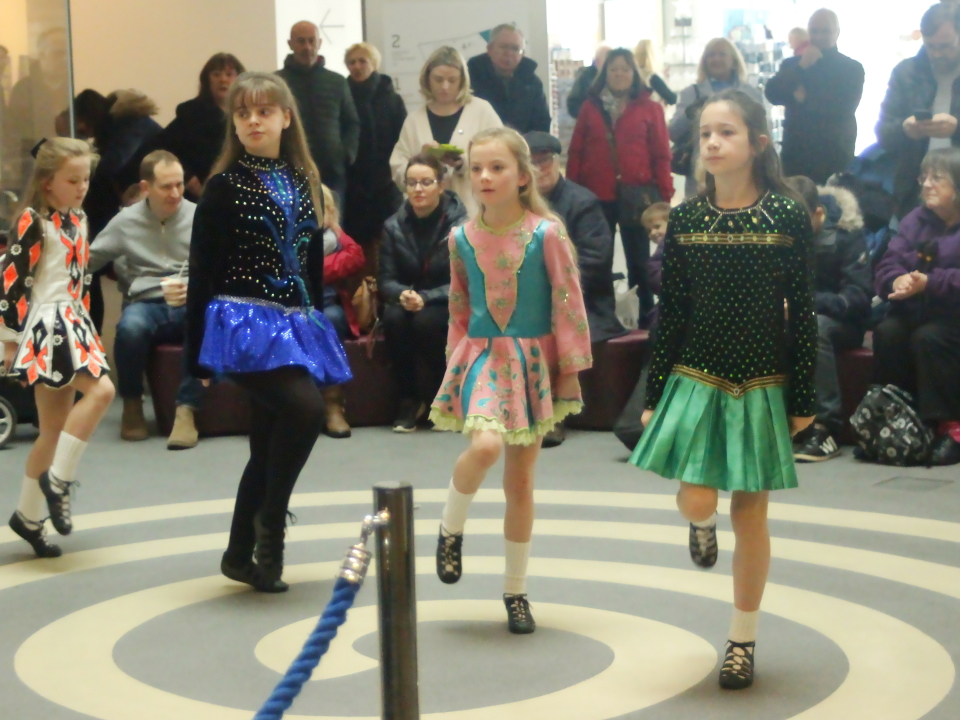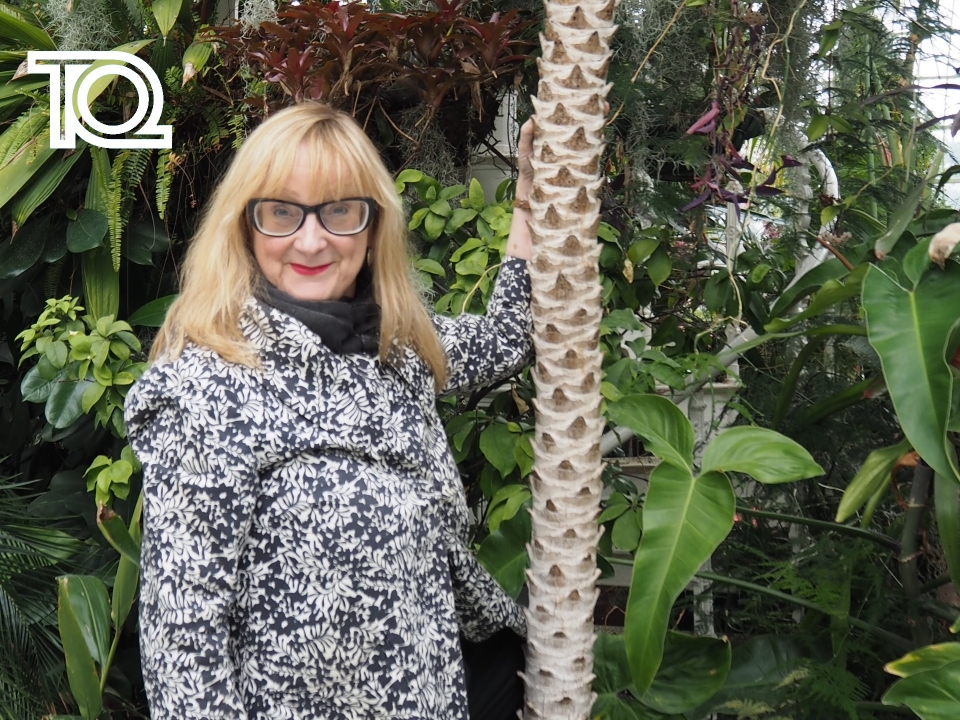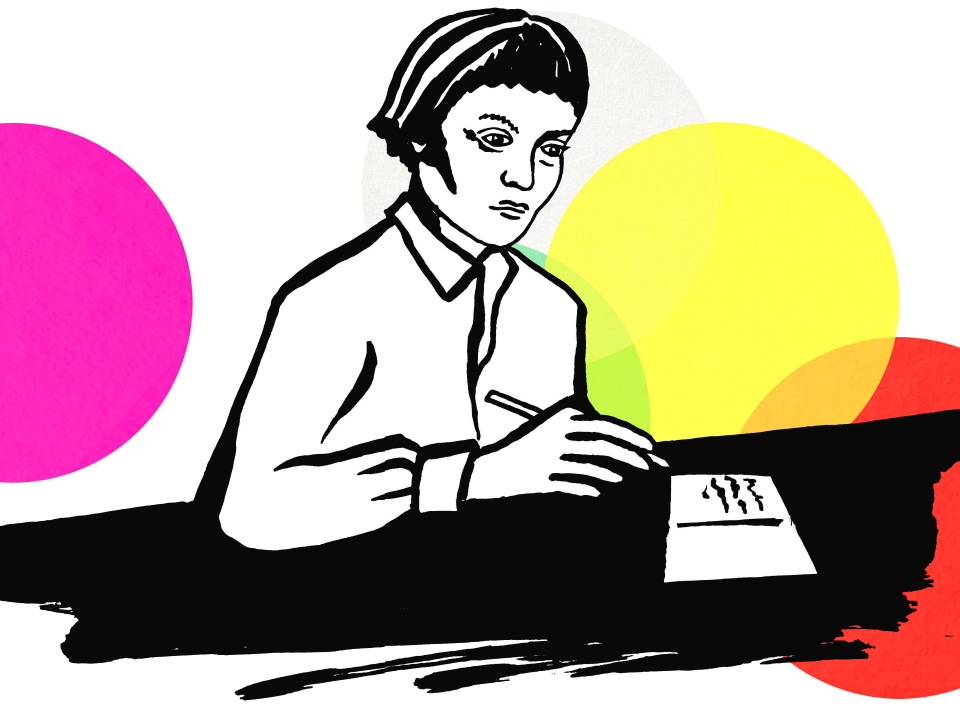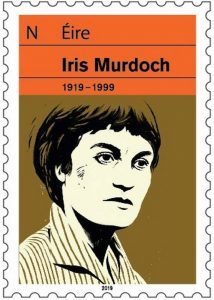Eithne Browne is a Liverpool success story; star of stage and screen. Who better then, as a Liverpool-Irish orator, to act as an ambassador for the Liverpool Irish Festival? When we approached Eithne earlier this year, we were thrilled when she accepted the title of ‘Patron’ and came on board to offer her services to support the Festival. Together we created an event, this August at Sefton Park Palm House, thrilling guests with a stage show involving Eithne and friends in song, dance, skits and poetry. We’ve asked a few festival friends, including artists, performers and patrons, to share their story for our festival newspaper. Asked to think about her Irish connections, Eithne takes us on a journey through childhood and an actor’s career.
I must admit I was shocked when I was asked to be a patron for the Liverpool Irish Festival. I was honest; I haven’t spent much time in Eire since my forties (I’m now quite a bit older!). But the true connection, of course, is my father and he would be both pleased and proud, I think, to be involved! He was a fine man, a good father and a very dear friend to me. We spent a lot of time together; never forgotten and always remembered with a fond smile. I miss him.
William Brendan Browne was born in Ballina, Co. Mayo on 18 June 1919, son of William and Mary Agnes Browne. Our family has a tradition of sticking to certain names, but more of that anon. They lived at Castle Road, still the family home. Dad was always referred to as Brendan and, at 16 years of age, he left Ballina to become a seafarer and never lived there again, though his heart and family called him home on a very regular basis (and we would go, too).
Wonderful summers were spent in Ballina and the surrounding coast and countryside. We would embark from Liverpool, sail overnight and alight in Dublin. Then -onto the train- to cross the country to Mayo. I always remember “change at Mullingar”. The station at Mullingar seemed to mark a halfway point and to me was the centre of Ireland. We’d arrive at Ballina, then all troop down to Morrison Terrace to Auntie Enna and Uncle Willy’s house. Now, two of their children were called Eithne and Mary (my sister a Mary, too), both similar in age. We’d pair up and you’d never know who was being called for, shouted at or anything; great for getting out of any trouble!
Two things always stick in my mind from that time. One, being put on to the back of a huge shire horse, drawn up outside Morrison Terrace. I was about five years old –a timid child at the best of times- and terrified. I have never repeated the experience and do not ride to this day. Another was sliding in to the Moy River, which flowed along the bottom of the Terrace garden. I was about seven years old –again terrified- and no, I still cannot swim. The memory of going under and nearly drowning was ever present. I remember being very indignant as I was wearing a dress with a Noah’s Ark print all over it. It should have kept me exempt –and dry- I felt.
I do not swim to this day.
We would spend days on Bartra Island, out in Killala Bay. We would row over in two or three boats, disembark and run free for the rest of the day. These were truly magic times for us. The men of the party would go fishing; the women set up campfires and blankets; unpack the hampers. And we would be sent to forage for mushrooms, spuds and crabs. We could climb and play on the beach or just sit on a blanket and read (me!). As the afternoon drew on we sat ‘round the fires, cooking and sharing the food. And the stories. My mother, Kitty, had a wonderfully fine voice and would be called upon to sing. A memory of being wrapped over in a blanket and cuddled up safe and warm and full of food and family. Thank you Bartra Island.
Another favourite day was a trip to Enniscrone in Co. Sligo. I can remember running along the harbour walls and diving on to the beach. There was the horizon…and wind and sand and water and sky. No limits. A family photo shows us sheltering up against the wall – all plastic macs and bobble hats. It sometimes rained in Sligo!
The family also owned a small shop, which also served as a small bar, and above that busy establishment is where a few of us slept. When time for bed was called in Morrison Terrace we would cross the road and then enter by a garden gate. Ahead of us was the long, dark path through the vegetable garden and lit only by a torch. We would hurry up the scary garden to the welcoming light of the pub. [We’d be] sent straight through the bar and up the winding stairs (dark again) to a small bedroom. All in bed -whispers and stories and laughter and shouts- until “be quiet up there and get yourselves to sleep!” from Aunt Bridgie, who owned the shop. In the quiet, warm, safe dark, with the hum of voices and laughter down the winding stairs, we slept.
Our Irish life in Liverpool was centred around the Wellington Rooms on Mount Pleasant, known to us –of course- as the ‘Irish Centre’. Many Sundays were spent there to pick up a copy of The Irish Post; buy white puddings; take Irish dancing classes; listen to music that moved the heart. We would meet friends there; attend concerts. My eldest sister, Margaret, lived with Auntie Enna for over 6 months, attending school in Ballina and coming first in Gaelic! About 14 at the time, she didn’t want to come back, but going with her friends to the Irish Centre and [dancing] to the ‘showbands’ was a favourite of hers. My own son Neil, now 47, would spend Sundays meeting up with Nanny and Grandad and racing ‘round with the other young bucks there.
Another happy memory of Dad was an evening spent at the Philharmonic Hall. I’d been asked to sing as part of an evening celebrating Irish music. I had the joy of singing with the band The Cream of the Barley; lovely PJ and Stan Ambrose and the other fine musicians. Versions of Four Green Fields and Johnny I hardly knew ye; wonderful, rousing music. And then, on announcing I would like to sing an old Celtic song for an old Celt in the audience, there was a great cheer, led -I believe- by Jimmy McGovern (a fan of my Pa). I sang an unaccompanied version of She moved through the fair. I hope Dad liked it. Others did.
I last toured Ireland in a production of Wuthering Heights. Cathy was played by Caroline Milmoe (of Coronation Street fame). We all had a wonderful week in Dublin. One night Aswad –the reggae group- played on our stage set after we’d finished. I remember Caroline and me singing Joni Mitchell songs to the Liffey as we ambled our way back to the hotel. A lovely week made even better by a warm welcome and wonderful audiences.
And then on to Belfast, where I was to give my governess, Nelly Dean, at the Grand Opera House that next week. Except, disaster struck. Feeling unwell during the performance on the Monday night, I ended up in hospital on the Tuesday. Despite my tears and cries of “but I’m on stage at the Opera tonight!” I was admitted and spent the next week in bed. It was my fortieth birthday on the Friday and it was spent in an isolation ward in the hospital. No celebrations –all planned in advance- I was in a small room on my own, surrounded by well-wishers’ flowers and cards. It looked like a chapel of rest! I had severe food poisoning, a very miserable time as no performer liked to be off stage. People would look in through the window. “That’s your one off Brookside!” and pass by. The staff were lovely though and [let] my cast mates in to see me every day. And, I lost a stone!
Another Irish connection, filmed almost 30 years ago, is at the Mersey Maritime Museum. I was asked to appear in a short, in-house film about the Irish Famine. I was unfortunately given a small bonnet to wear as my character, ‘Mary’. It sadly had the effect –once tied under my chin- of making me look like a little hamster. I did not look hungry in the slightest. In fact, with my little fat face I looked like the cause of the famine and not the effect. Plus the fact that my attempt at an Irish accent was woeful considering my parentage! My pronunciation of “starving” and “potatoes” made my Dad laugh out loud. Members of my family were brought down to the museum to stand, view and laugh at me.
But before I finish, let’s go back to Brendan. He is the heart of me and who I am. He was a brave, honest, trustworthy man. At sea all his adult life, he studied hard, passed all his exams to become a Master mariner, finally rising to the rank of Captain. He held pilot’s licences for many ports worldwide. We have a very moving recording of his words dealing with his personal experiences of the war, especially his time aboard the SS Fabian, which was torpedoed, causing the death of very close friends. I used part of that recently at a concert to fundraise for the festival at the Palm House in Sefton Park. I was researching the history of the 8th Liverpool Irish and found they landed on Juno beach, in France, on D Day on a ship called The Ulster Prince. My father was later the Captain of that same vessel carrying goods between Belfast, Dublin and Liverpool.
My final picture is of me on board such a vessel, about to set sail with my father at the wheel. In the back, you can see the Liver Buildings and that may be my Noah’s Ark frock!
I wish you a joyous festival. Our ties to Ireland are many and should be treasured and never forgotten-
“And if it falls unto my lot
That I should rise and you should not,
I’ll gently rise and softly call
Goodnight and may joy be with you all”.
The Parting Glass, 1600s, author unknown.
We would like to thank Eithne for joining us as patron; for developing this article and for her hard work on Quirky Cabaret: Celtic Crossings, which helped to raise much needed funding for this year’s festival. We are thrilled to have her as an ambassador and hope our friends and festival family will endeavour to support Eithne in her ongoing work.
 Bluecoat Display Centre (BDC) is an independent, regional centre for artistic activity that brings together craft makers and the public in an environment that encourages creativity, collaboration and the exchange of ideas. A registered charity since 2010, based in Liverpool city centre, BDC runs a gallery; education and community outreach programmes and provides over 60 local and 300+ nationally selected contemporary craft makers and designers a retail platform to display and sell their work. BDC originated as one of this country’s earliest craft and design galleries in 1959, the first public gallery space within Bluecoat; who are our landlords. We are an advocate, facilitator and audience maker for contemporary crafts.
Bluecoat Display Centre (BDC) is an independent, regional centre for artistic activity that brings together craft makers and the public in an environment that encourages creativity, collaboration and the exchange of ideas. A registered charity since 2010, based in Liverpool city centre, BDC runs a gallery; education and community outreach programmes and provides over 60 local and 300+ nationally selected contemporary craft makers and designers a retail platform to display and sell their work. BDC originated as one of this country’s earliest craft and design galleries in 1959, the first public gallery space within Bluecoat; who are our landlords. We are an advocate, facilitator and audience maker for contemporary crafts. The Design & Crafts Council Ireland (DCCI) is the national agency for the commercial development of Irish designers and makers, stimulating innovation, championing design thinking and informing Government policy. DCCI‘s activities are funded by the Department of Business, Enterprise and Innovation via Enterprise Ireland. DCCI currently has over 60 member organisations and more than 3,000 registered clients.
The Design & Crafts Council Ireland (DCCI) is the national agency for the commercial development of Irish designers and makers, stimulating innovation, championing design thinking and informing Government policy. DCCI‘s activities are funded by the Department of Business, Enterprise and Innovation via Enterprise Ireland. DCCI currently has over 60 member organisations and more than 3,000 registered clients.
